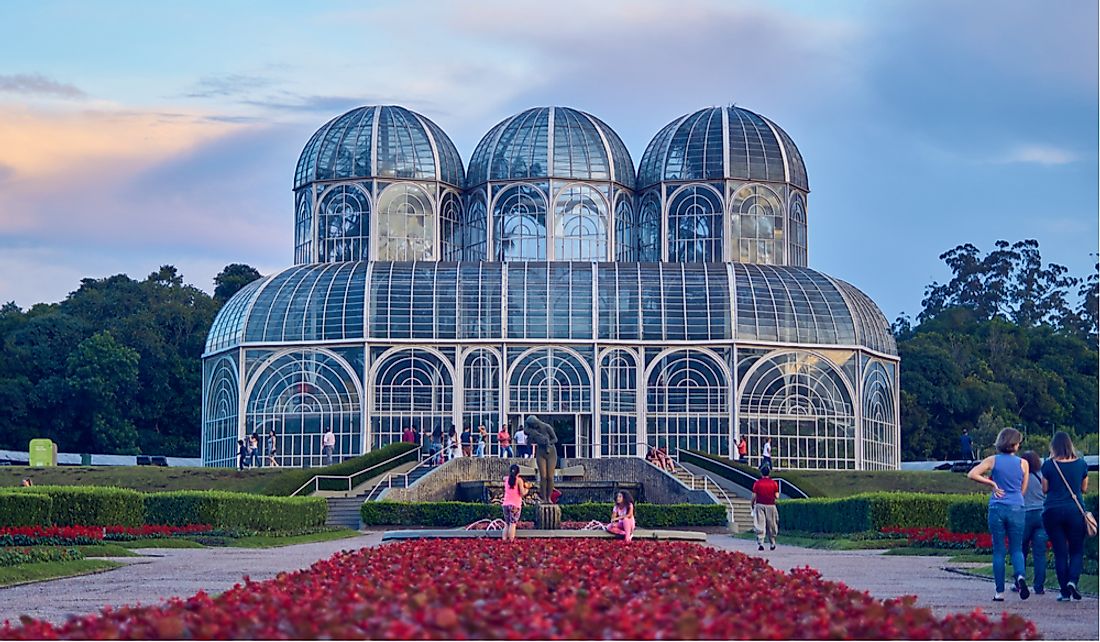Curitiba - The Capital Of The Paraná State Of Brazil

The state of Paraná is located in southern Brazil. The state shares its borders with three other Brazilian states as well as with Paraguay and Argentina. The Paraná River forms the state's natural western border while the eastern part of Paraná is bounded by the Atlantic Ocean. With an area of 199,314 km2 and an estimated population of 11,348,937, Paraná is Brazil’s 15th most extensive state and its sixth most populous. The Tropic of Capricorn passes through Paraná and large parts of the state are covered by subtropical forests. Paraná has relatively low crime rates and is one of the most developed states in the country. Curitiba is the state capital of Paraná.
Curitiba: The State Capital
Curitiba occupies an area of 430.9 km2 and is situated on a plateau at an elevation of 932 m above sea level. The seaport of Paranaguá, which is located on the Atlantic Ocean, is approximately 105 km east of the city. Curitiba experiences a subtropical highland climate. Curitiba has an estimated population 1,908,359, ranking as the eighth most populous city in Brazil. According to census data, the city's population includes the following population groups: White (78.9%), Pardo (16.8%), Afro-Brazilian (2.9%), Asian (1.4%), and Amerindian (0.2%).
History of Curitiba
The cattle trade supported Curitiba's initial phase of development during the 18th century, as it was favorably located between the cattle-breeding grounds and marketplaces. In the latter half of the 19th century, Curitiba became a center of the logging and agricultural industry. During this time, Europeans from various countries, including Germany, Italy, and Ukraine, immigrated to the city in large numbers and contributed to its economic and cultural development. In 1885, completion of the Paranaguá-Curitiba railroad further strengthened the city's economy. In the early 20th century, the production of the yerba mate beverages became important to the city's economy.
Economy of Curitiba
The economy of Curitiba is based on commerce, services, and industry. Curitiba's is a good example of how a city’s urban development must be planned to accommodate its growing population and tackle environmental issues. Curitiba is Brazil’s second-biggest manufacturer of cars and foreign investment in the city is significant. The Cidade Industrial de Curitiba is the city’s industrial district, which contains many multinational corporations, as well as automotive plants owned by Audi, Siemens, Volvo, and Nissan. Additionally, Curitiba has a well-developed tourism industry and receives more than 2 million visitors each year. The city is also served by a well-developed air and road transport network.











